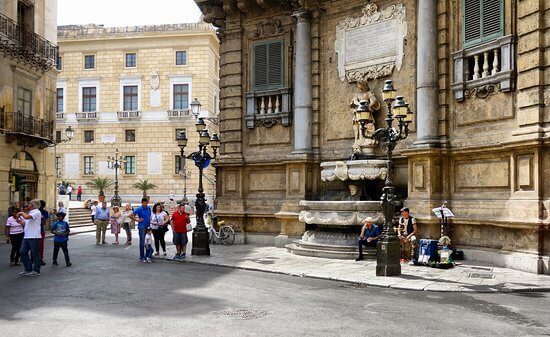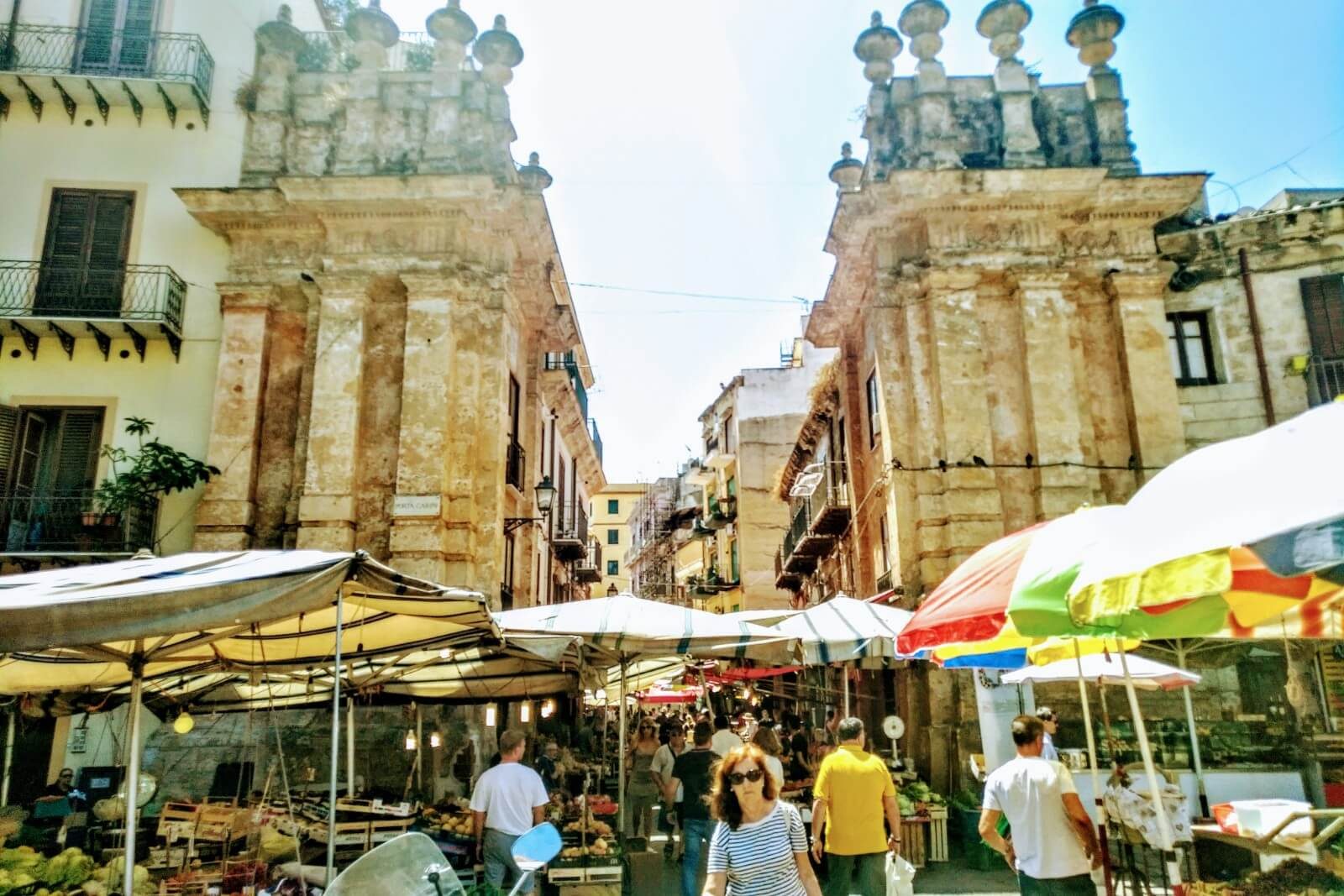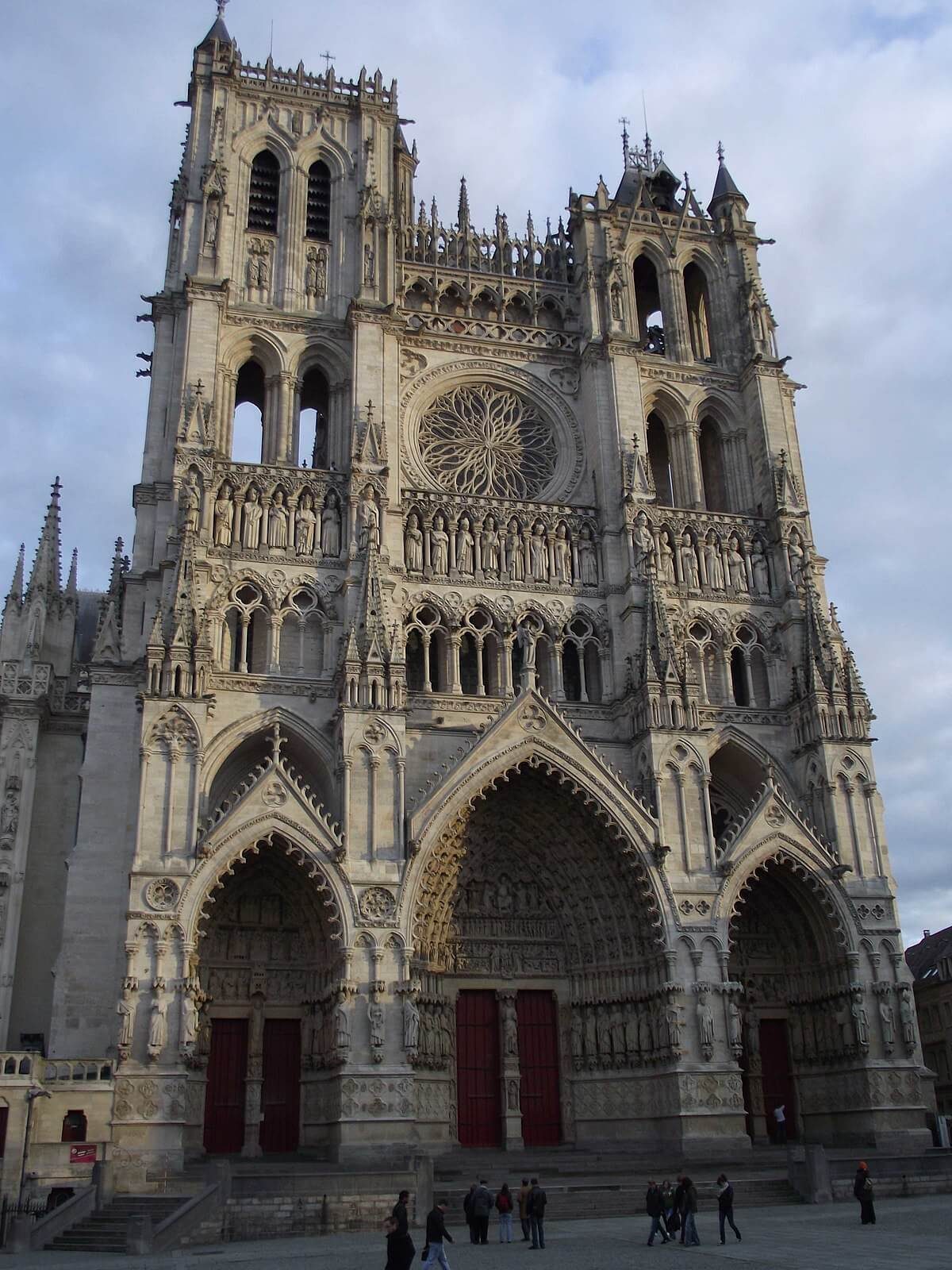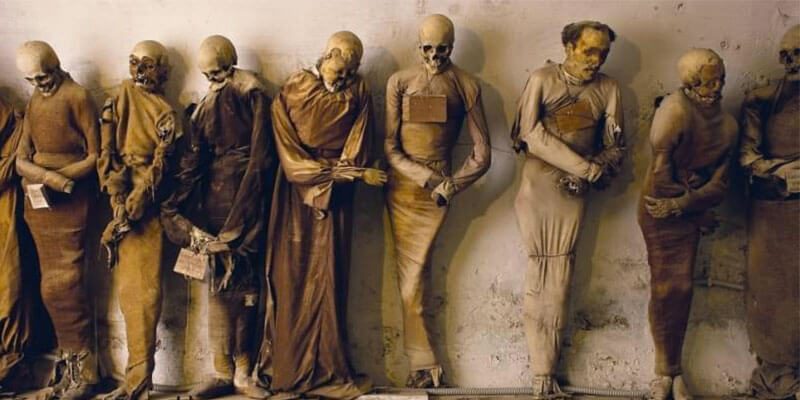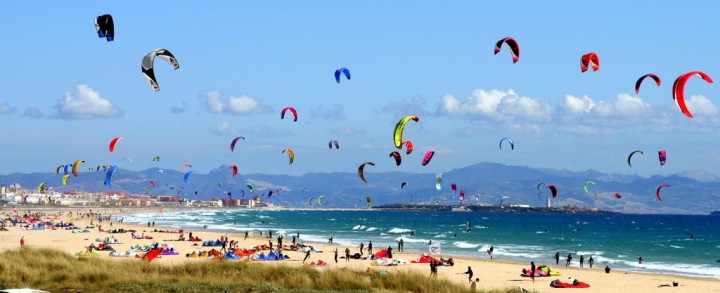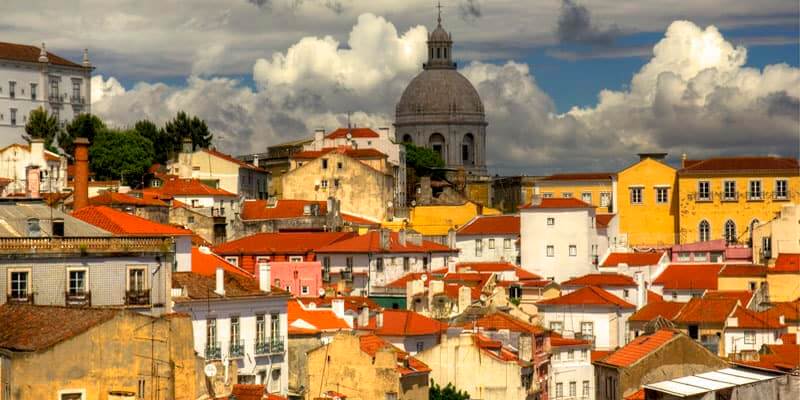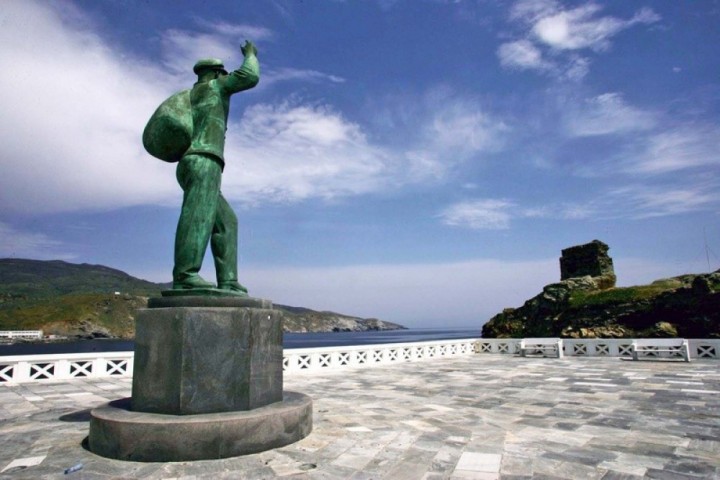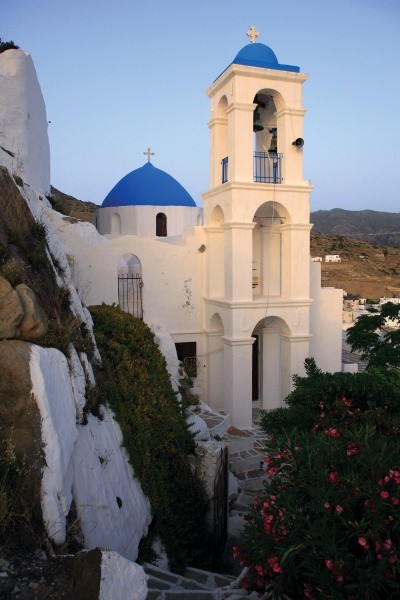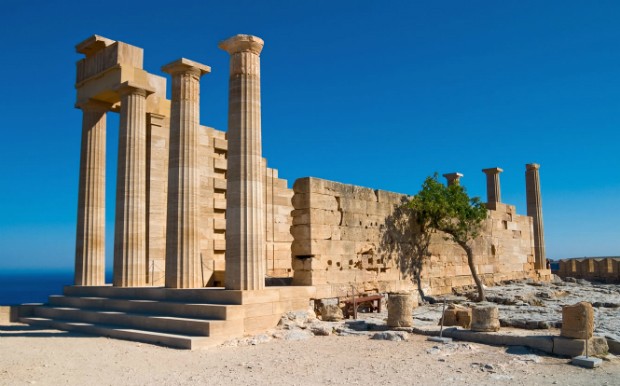Palermo is the largest city and the capital of the autonomous region of Sicily.
The city of Palermo has a long history and tradition in the areas of gastronomy and architecture while its culture is over 2700 years old.
It’s located in Sicily, the biggest island of the Mediterranean, on the right of the Gulf of Palermo facing the Tyrrhenian Sea. Palermo was founded by the Phoenicians of Carthage in a fertile plain at the foot of the Mountain Pellegrino and the city was then called “Sis”. Later, the Greeks founded new colonies in the same area, calling the city “Panormos”, which means “Great port”.
Palermo is considered a very beautiful city where you will admire many impressive sights!
Here we’re going to present you some of the top attractions you absolutely have to visit during your trip to Palermo!
Quattro Canti
This place gives you the impression that it hosts quite all of human’s history. If you walk down the road, you’ll notice that gradually the claustrophobic atmosphere of the Middle Ages recedes and the streets are widening. When you reach the end of Via Maqueda, you’ll arrive at the Teatro Massimo, a neoclassical building of the 19th century. It’s one of the largest theaters of Sicily.
Via Maqueda
When you reach the end of Via Maqueda, you’ll arrive at the Teatro Massimo, a neoclassical building of the 19th century. It’s one of the largest theaters of Sicily. In its interior, it still hosts spectacular performances, so if you visit Palermo you should definitely check if there are any performances playing in Teatro Massimo at that time, so that you can assist in some of them!
Mercato del Capo
It is one of the oldest parts of the city. Walk through the narrow streets of Capo and try to find the way that leads to Piazza del Monte and from there to the church of Saint Augustine. The building dates from the 13th century. Although you’ll find it impressive in its entirety, pay special attention to the mosaic windows which are decorated with roses.
Cattedrale
Cattedrale is perhaps the most famous monument of Palermo. Originally built by the Saracens, the Palace grew under Norman rule, while its Court was known for its wealth of poets and artists. The facade you’ll see today is a work of the Spaniards and dates back to the 17th century. On the other hand, if you like to focus on every detail, you should visit the neighbouring Palazzo dei Normanni to admire the decorative mosaics of the Capella Palatina.
Catacombe dei Cappuccini


